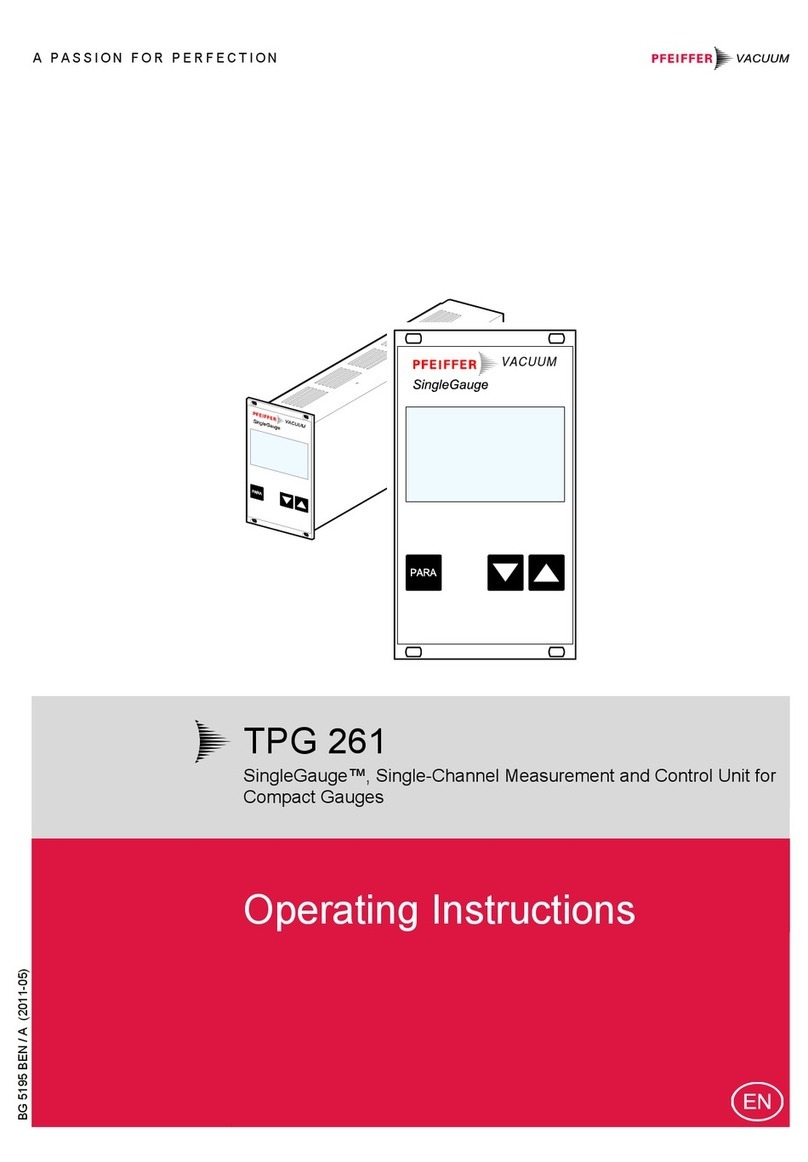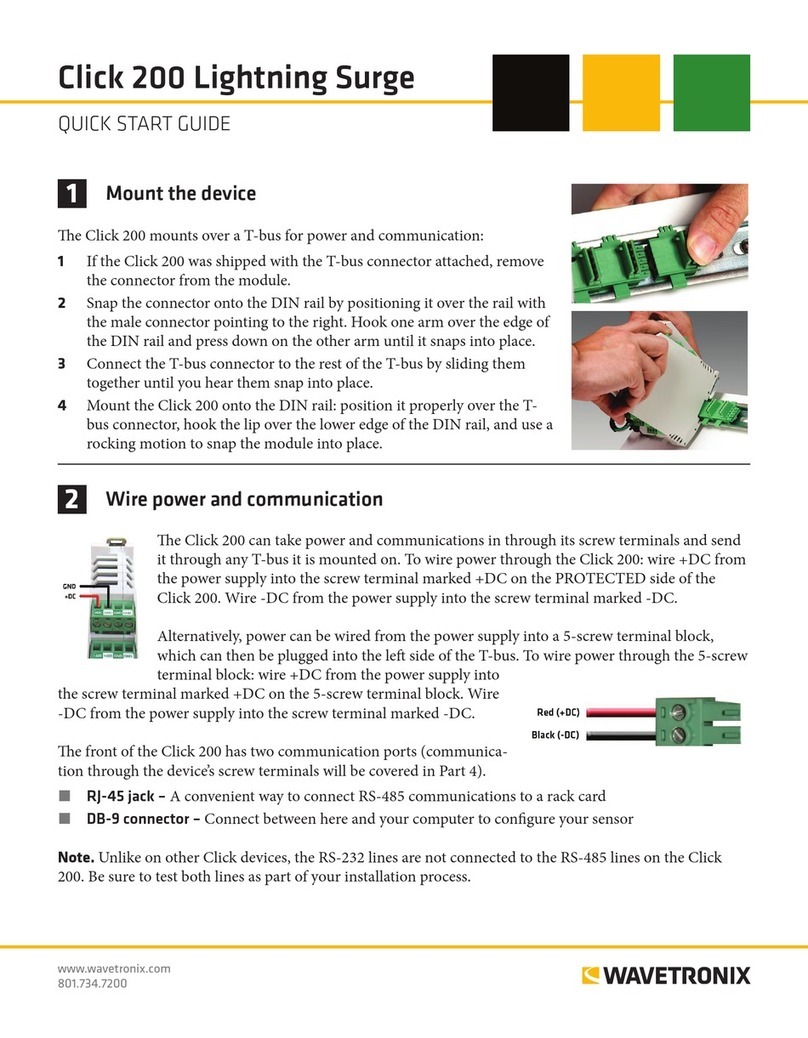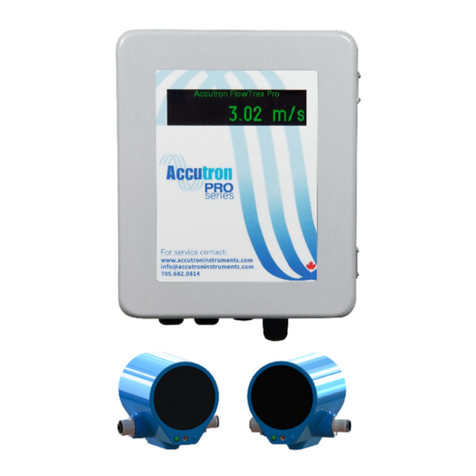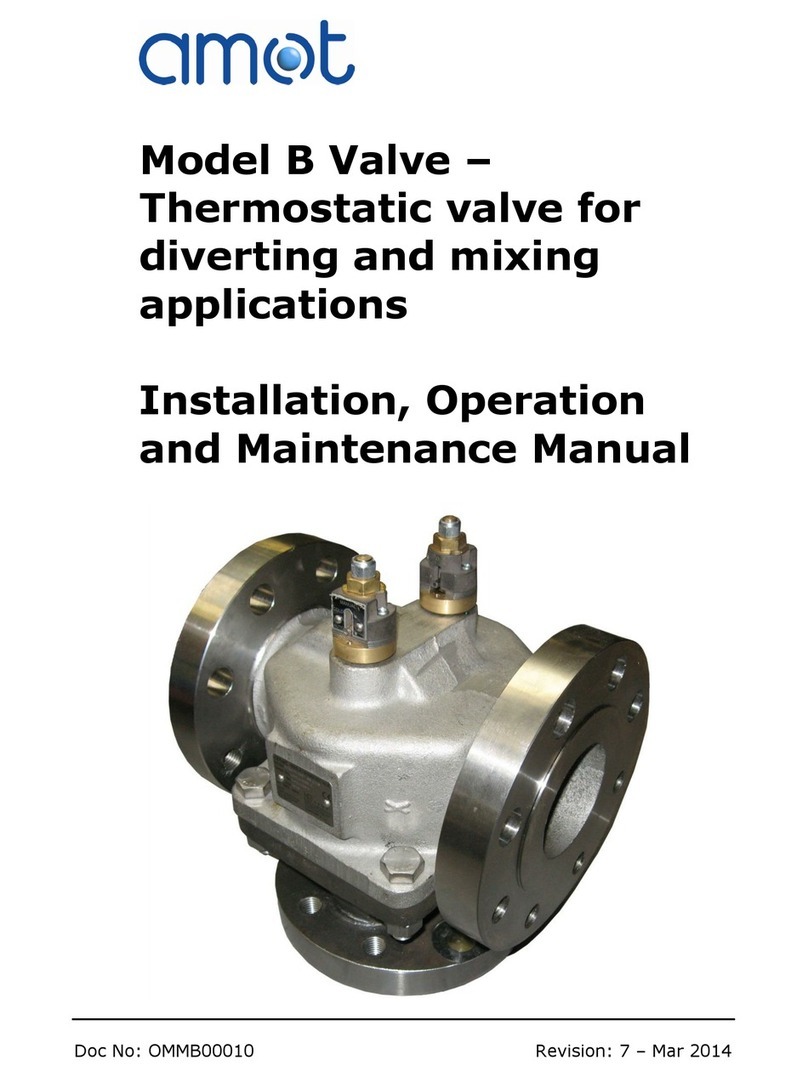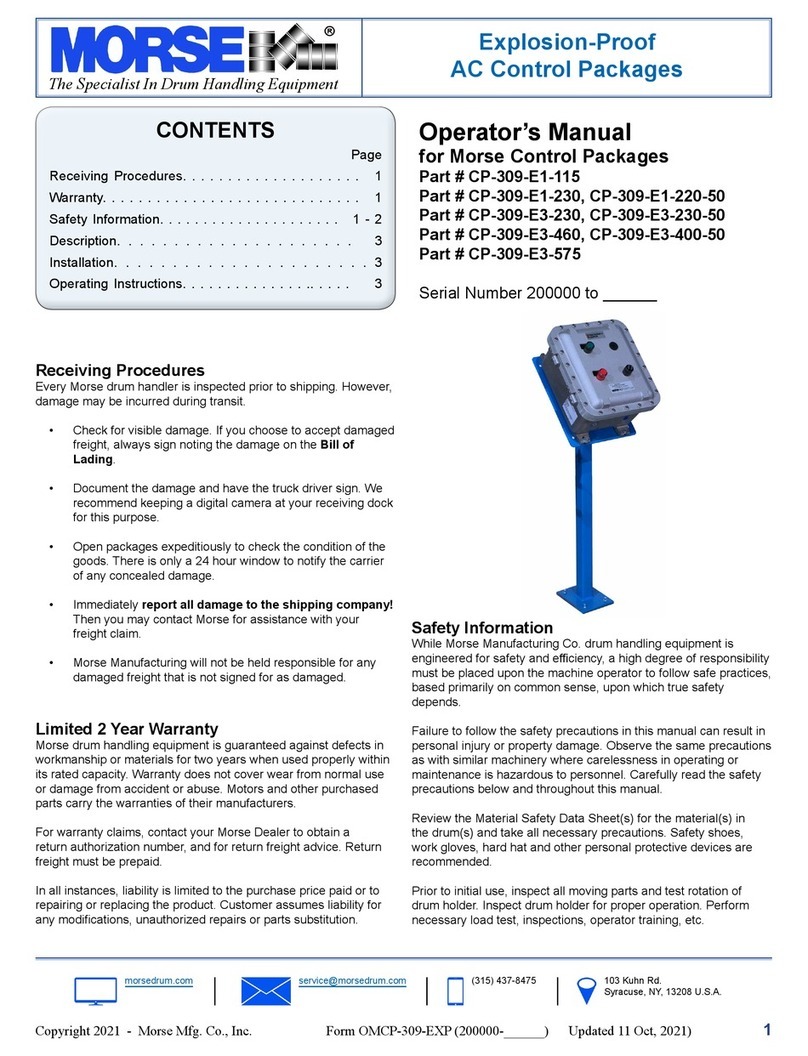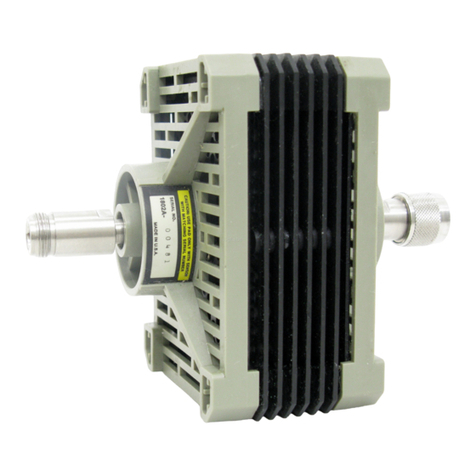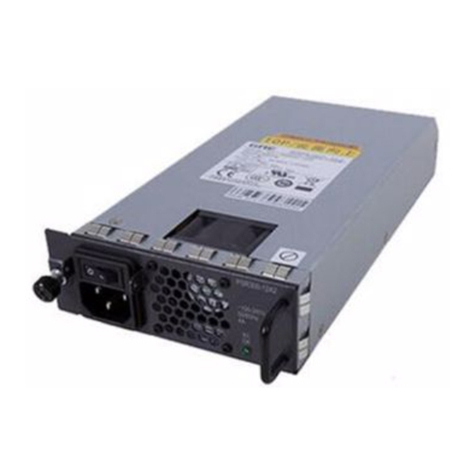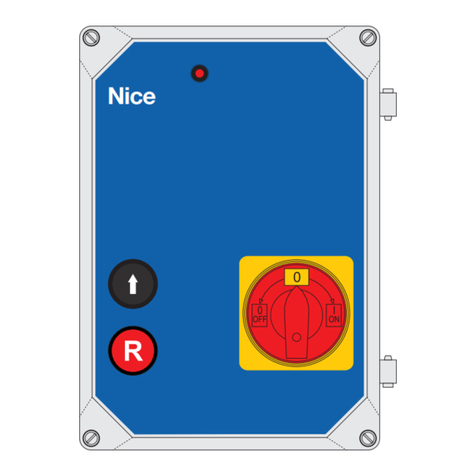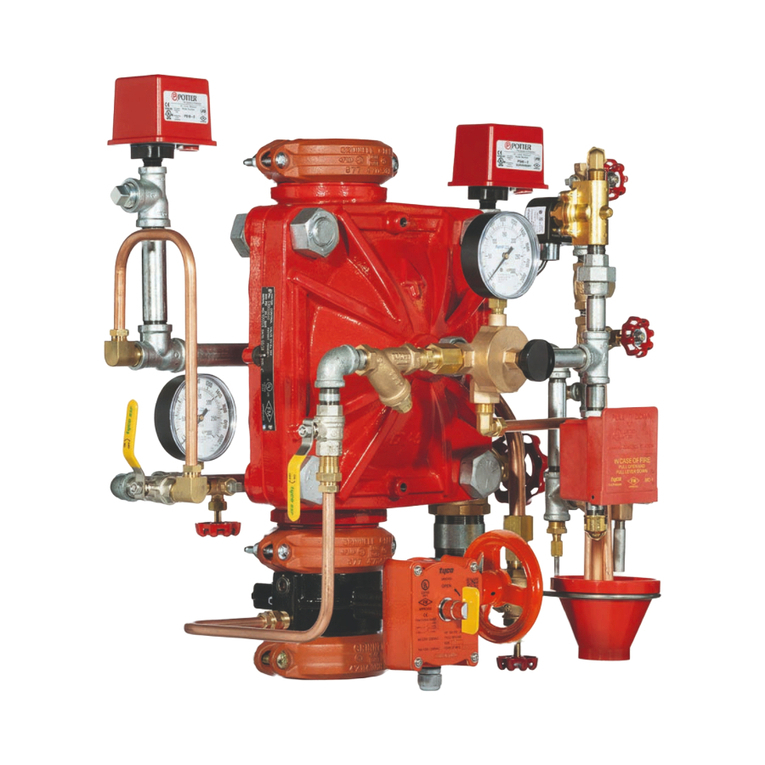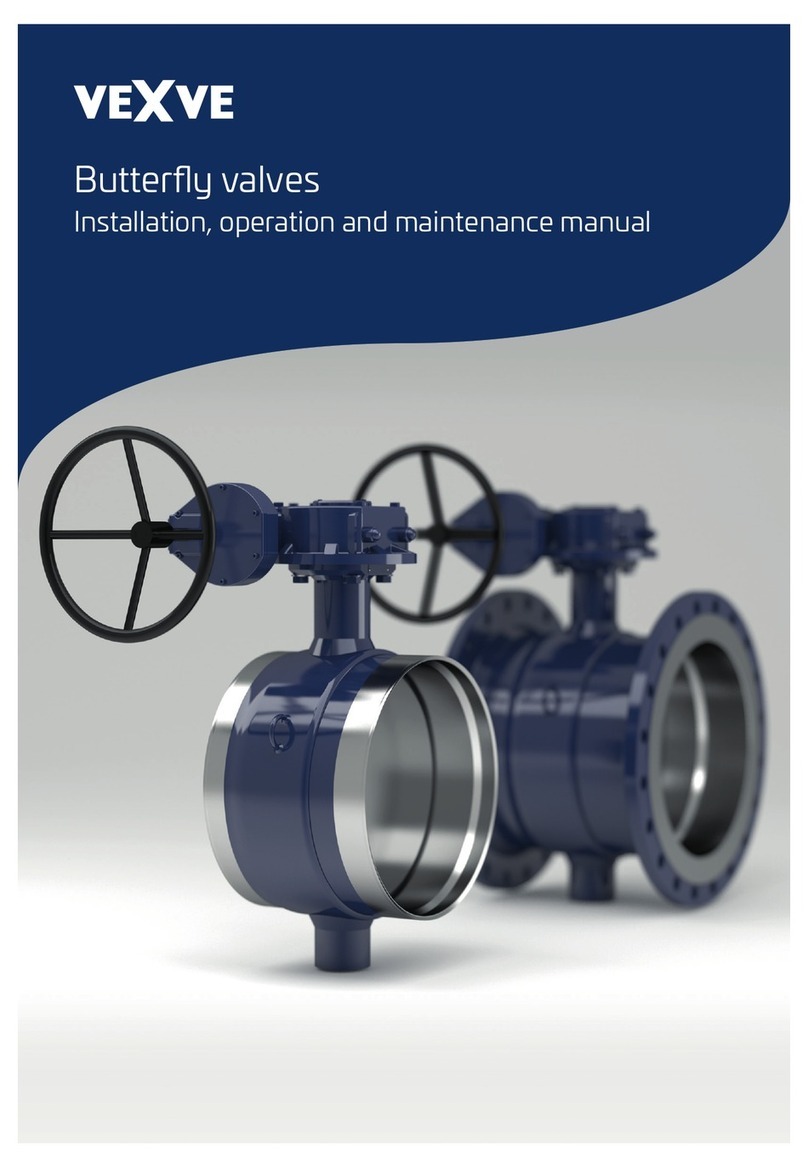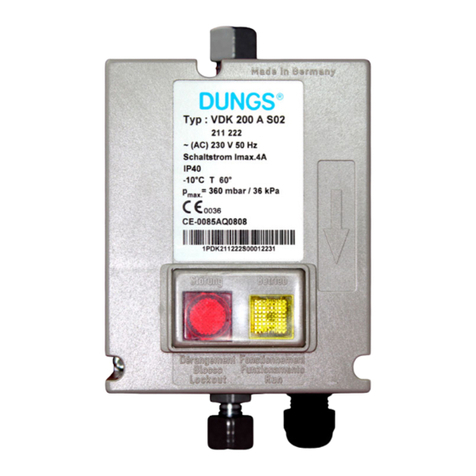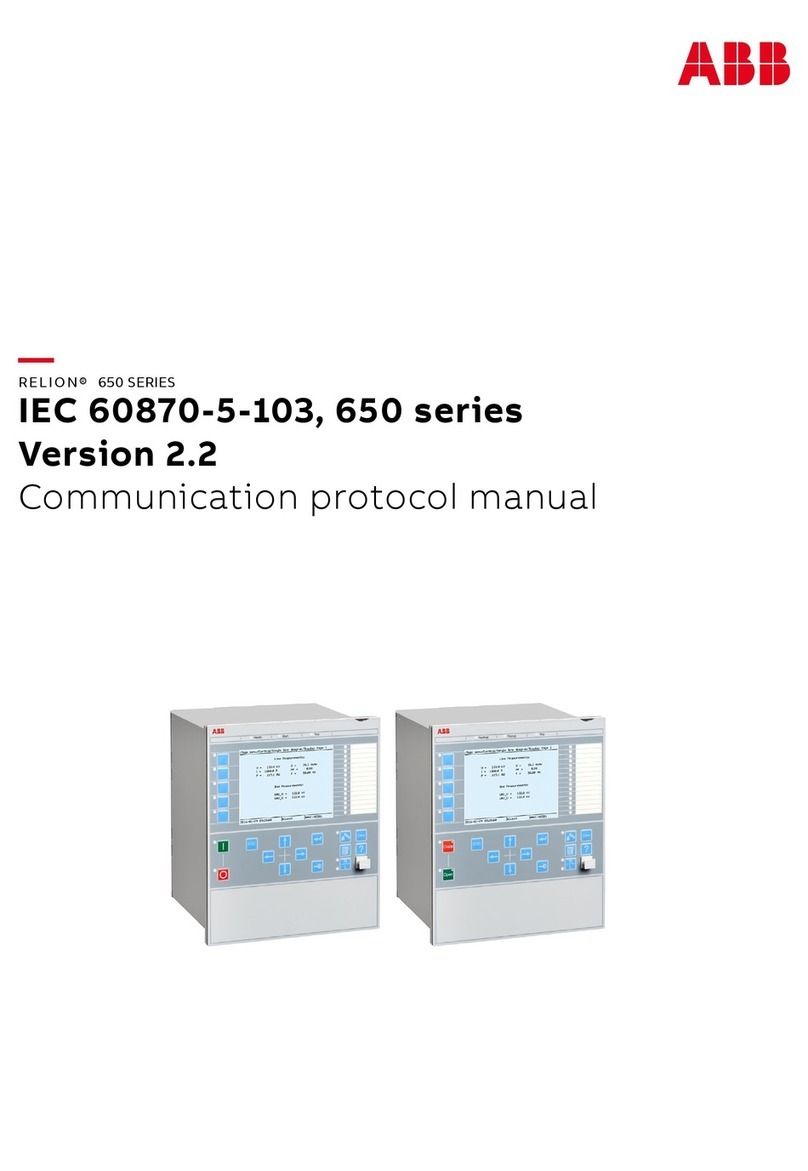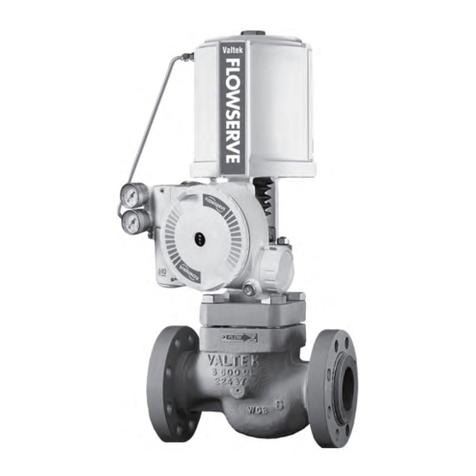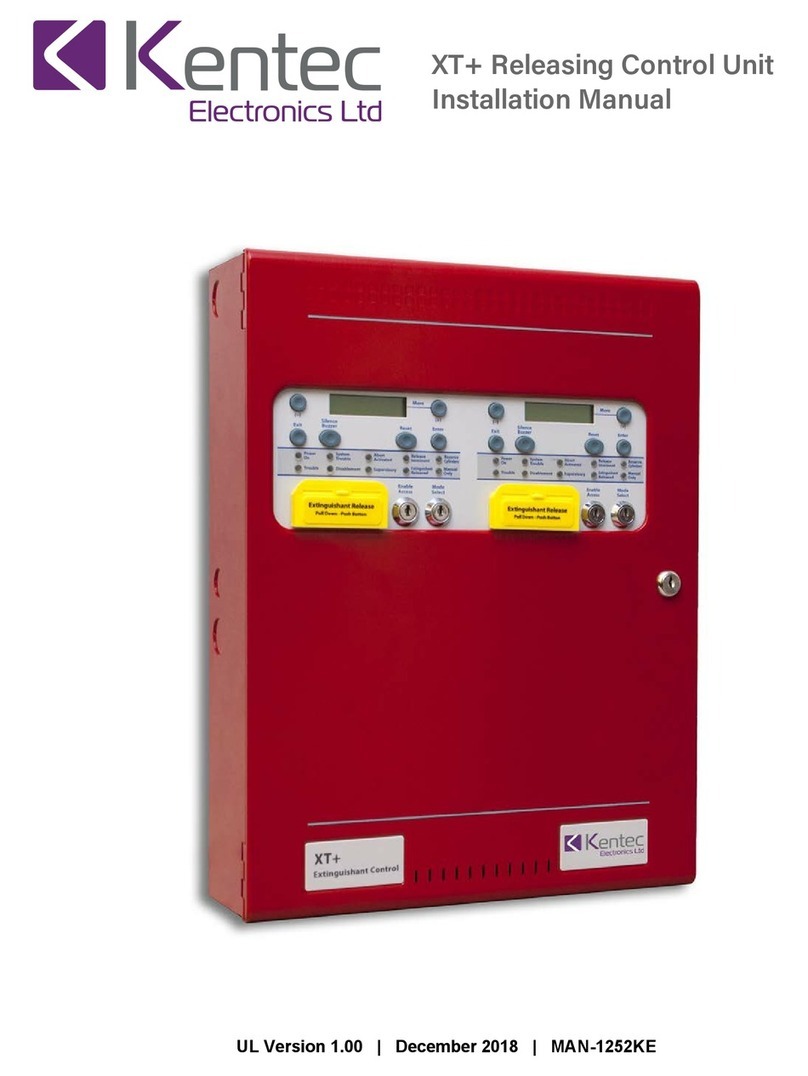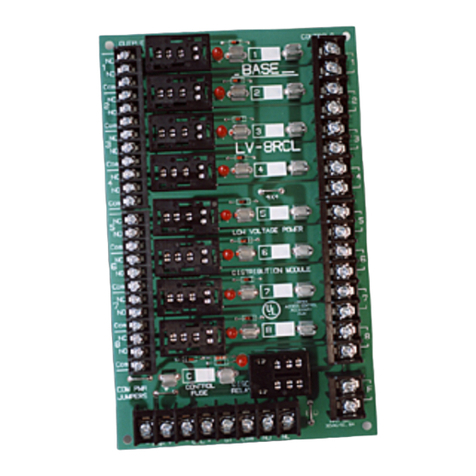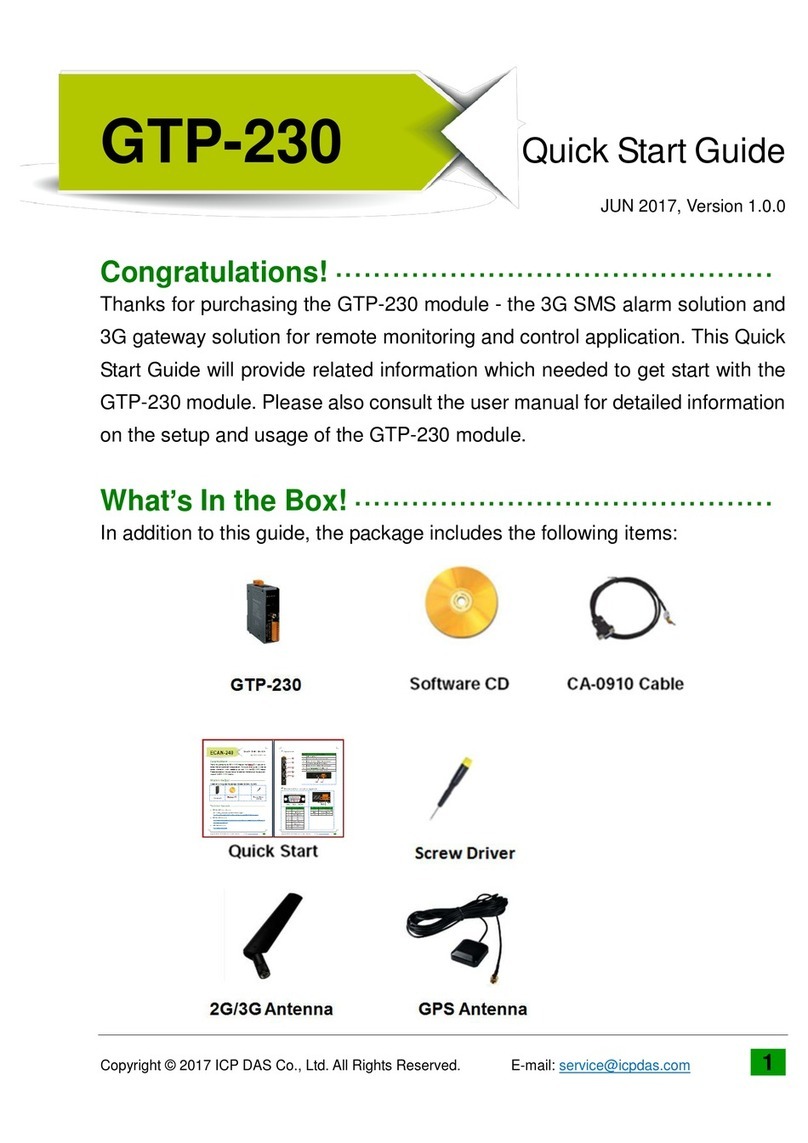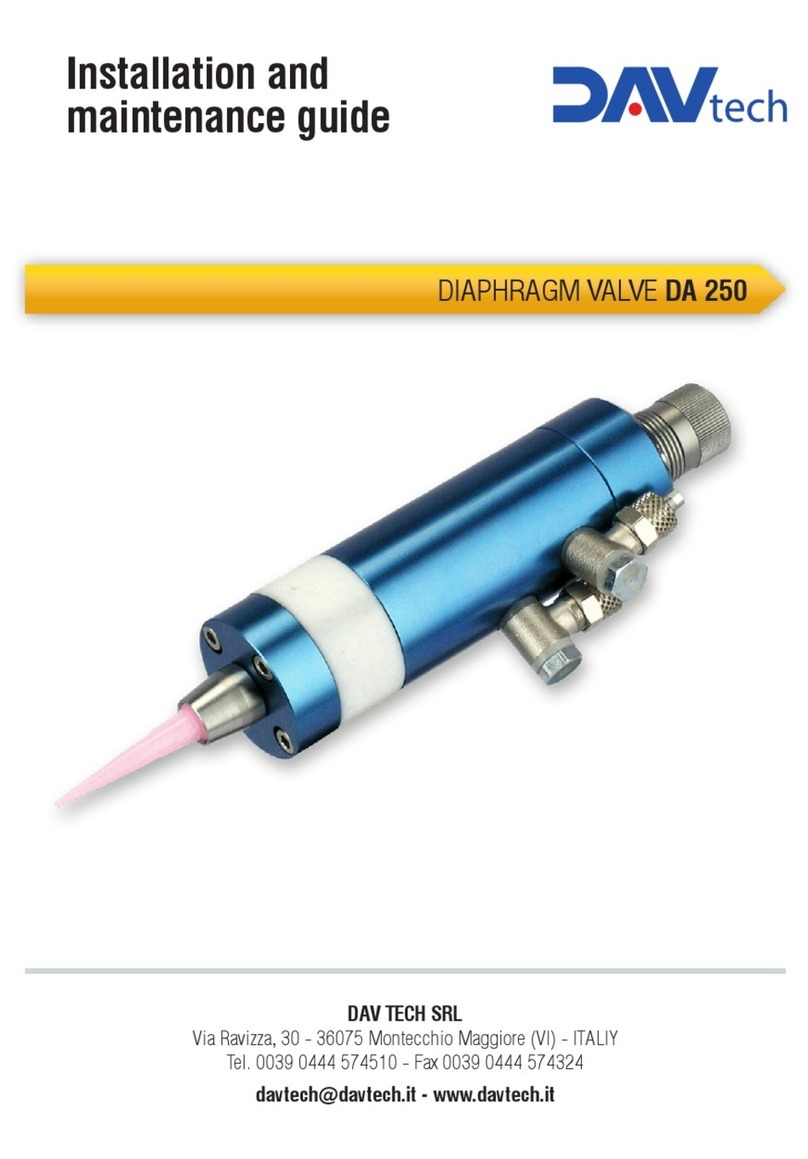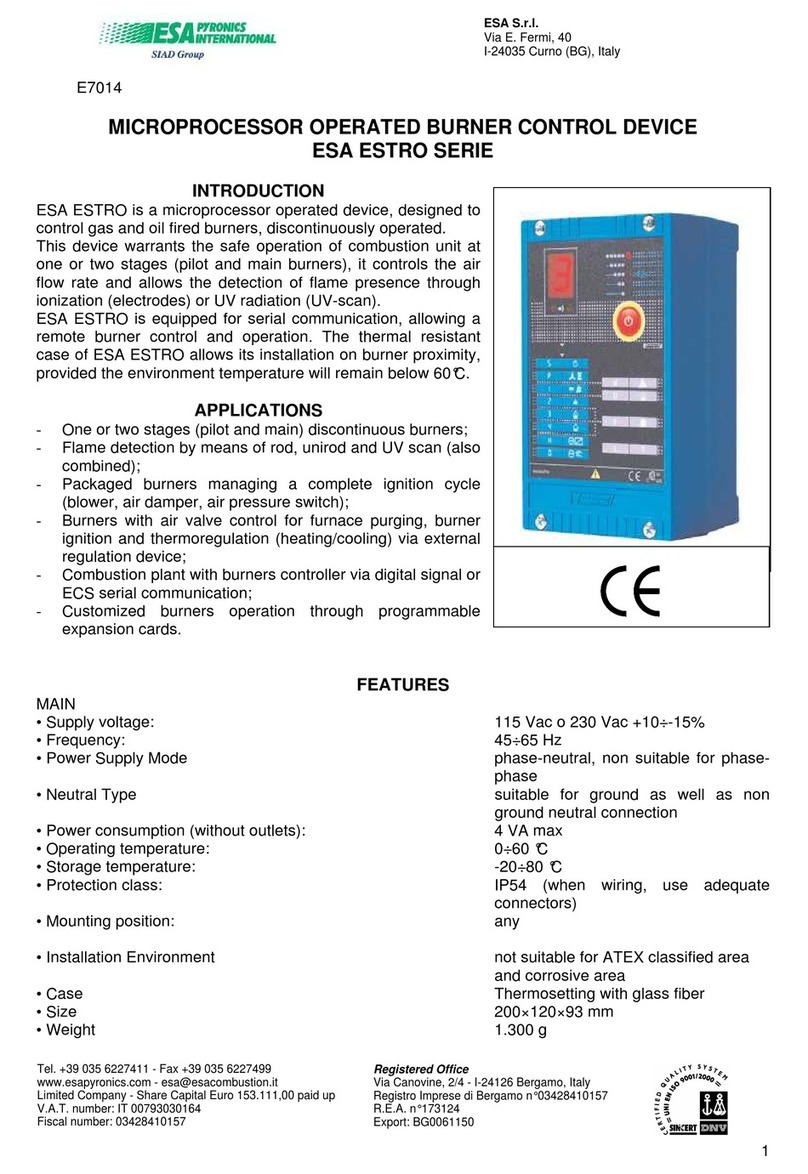ESA ESTRO - E7014P rev. 02 - 03/05/17
www.esapyronics.com 20
PARAMETER VA UE DESCRIPTION
N° NAME
14 Digital output
function
Stop / fault
The digital output indicates that the instrument is in lockout status,
manual stop or waiting after power on (flashing display). The output is not
activated during auto diagnosis.
ault
The digital output indicates that the instrument is in lockout status. The
output is not activated during auto diagnosis, in manual stop status nor
waiting after power on.
Burner ON
The digital output indicates that the burner is on. The output is activated
from the end of the ignition phase and remains on for all the burner fun-
ctioning phases.
Regolation
consent
The digital output allows burner regulation. It activated at the end of the
“Regulation delay time” and remains on for the time that the burner is in
regime. The behavior of this output is the same as the ready output of the
EXP-2 expansion.
Command
NO shutter
The digital output controls the NO dimming UV-2 shutter, needed for
periodic check during permanent functioning. Without any command, the
shutter is normally open and the digital output is activated in the test
phase to command the closing, determining the dimming of the UV-2
probe.
Command
NC shutter
The digital output controls the NC dimming UV-2 shutter, needed for
periodic check during permanent functioning. Without any command, the
shutter is normally closed and the digital output is deactivated in the test
phase to command the closing, determining the dimming of the UV-2
probe.
Digital input
control
In the absence of the EXP-2 expansion, the digital output controls the
phase sent to the air pressure or flow switches when the digital input
takes on the “ SL enable purge”, “ SH enable ignition” or “Air pressure
switch” or “ZSL gas valve”. This selection is necessary to check the effi-
ciency of the digital input when it carries out these functions.
Minimum air
control
The digital output is activated from the ignition request until burner shut
down for controlling the minimum air flow valve. The behavior of the digi-
tal output is contemporary to the air output when it is continuous. Instead
it is independent for other types of air control (see Air flow control para-
meter type).
Minimum air in
advance
The digital output is activtated from the ignition request to the burner shut
down but two seconds earlier compared with all the other outputs. This
selection allows to anticipate the opening of the minimum flow air valve
or of the fume valve.
15 ocal
botton
Remote
enable
The front button is not checked by the instrument as the burner control
takes place via serial communication. If the specific status request com-
mand is sent, the instrument activates the local button action and it takes
on the “Reset / Stop” function to allow local maintenance operations.
Reset / stop
The front button has dual function: with burner running, as soon as it is
pressed, it determines manual stop; whilst with the burner in stop or loc-
kout, if pressed for 1 - 3 seconds, when released, it unlocks the burner.
Only stop The front button is checked by the instrument only with burner running:
as soon as it is pressed it determines burner manual stop.
Only reset
The front button is checked by the instrument only with burner in stop or
lockout: if it is pressed for 1-3 seconds, when released it unlocks the bur-
ner.
20 Communication
timeout 0 ÷ 480 sec
Time limit for serial communication absence, that can be set in ten steps
from 0 to 480 seconds, after which the instrument activates the Com-
timeout alarm, determining burner stop. Set this parameter at 0 to disa-
ble the Com-timeout alarm when serial communication is not used.
21
&
22
Communication
Baudrate
&
Communication
protocol
4800 ÷ 38400
ECS
Communication speed (4800, 9600, 19200 and 38400 Bit/s) with ECS
protocol. The hardware interface is ECS, and it requires a specific con-
verter.
4800 ÷ 38400
ModbusRTU 1
Communication speed (4800, 9600, 19200 and 38400 Bit/s) with
Modbus RTU (1 stop bit) protocol. The hardware interface is ECS, and it
requires a specific converter.
4800 ÷ 38400
ModbusRTU 2
Communication speed (4800, 9600, 19200 and 38400 Bit/s) with Modbus
RTU (2 stop bit) protocol. The hardware interface is ECS, and it requires
a specific converter.




















